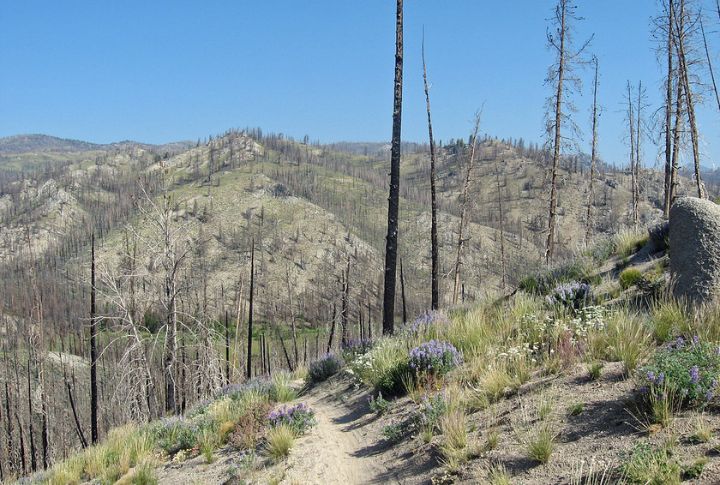
When summer heats up, some states brace for more than just sunshine. In recent years, wildfire risk maps from agencies like the U.S. Forest Service and NOAA have revealed clear danger zones across the country. These hotspots aren’t just outlines on a map—they represent communities living on edge. Here’s a closer look at 10 states where fire risk runs high and how residents are learning to live with the threat.
California
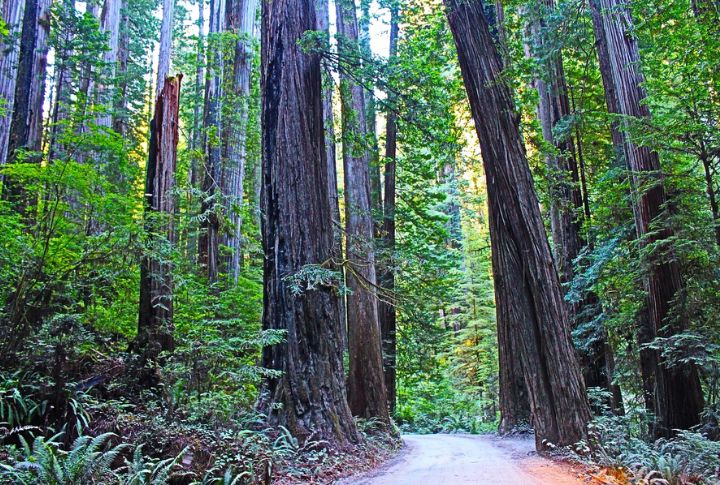
Known for its iconic coastlines and giant redwoods, California’s dry summers and strong Santa Ana winds create a perfect storm for wildfires. It’s no surprise that many of the nation’s largest fires happen here. So, residents constantly adapt to fireproofing and evacuation plans.
Oregon
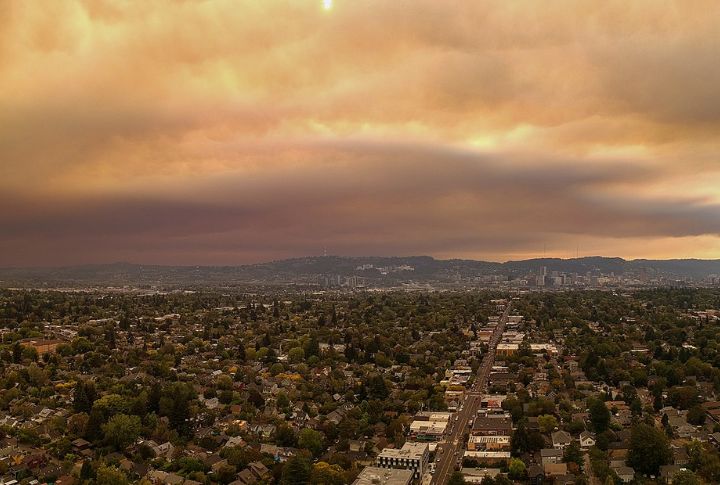
Oregon’s lush forests might look serene, but they hide a volatile wildfire threat when dry spells arrive. Increasingly long fire seasons have pushed local governments to invest in fire detection technology and controlled burns, aiming to keep communities safer.
Texas
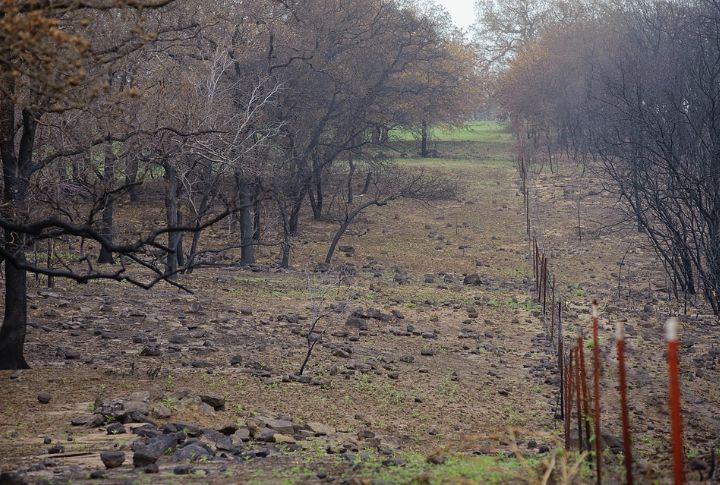
The wide-open beauty of Texas can turn volatile in a heartbeat. The state spans dry plains and pine forests where high winds fuel fast-moving wildfires. To prepare, residents should clear brush from property lines, create defensible space around structures, and stay updated on local burn bans.
Arizona
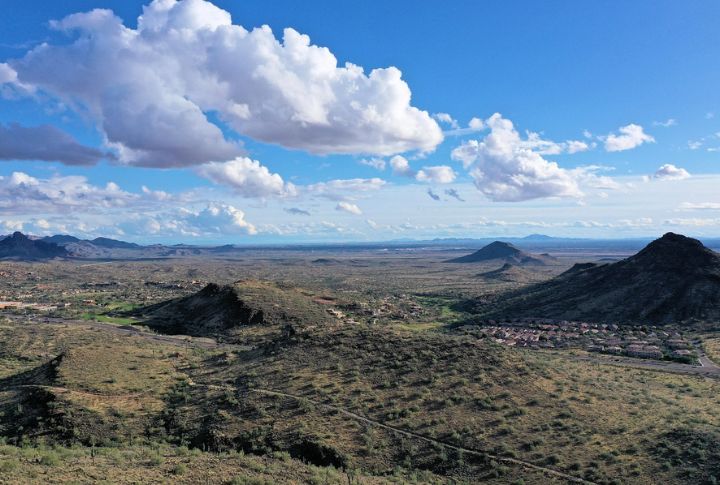
Desert heat and dry brush combine in Arizona to create fiery hazards, especially during monsoon season. Fire crews focus on protecting homes where the city meets wilderness, ensuring that urban sprawl doesn’t turn into a wildfire trap.
Nevada
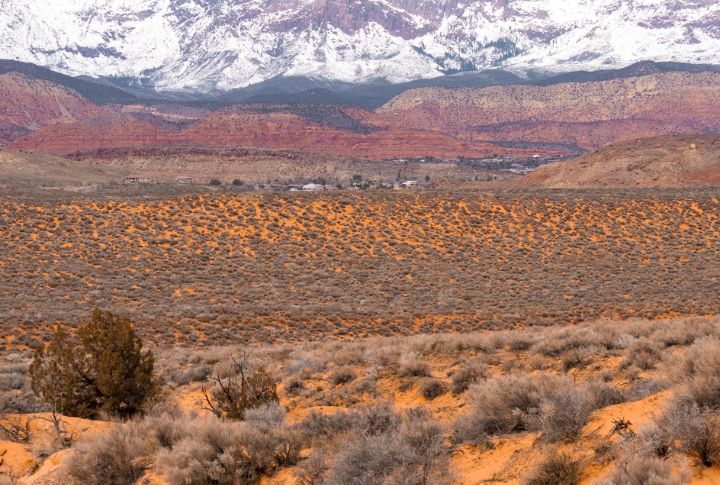
Sparse rainfall and endless sagebrush lands give Nevada’s wildfires plenty of fuel to grow. Flames can leap across open terrain swiftly and challenge the firefighters and rural communities who rely on early warning systems and clear evacuation routes.
Washington

Wildfire risk in Washington shifts dramatically from west to east. Coastal forests stay moist much of the year, but the eastern side sees dry summers, lightning strikes, and fast-spreading fires. To stay ahead of danger, the state focuses on fuel removal, community readiness, and early detection systems.
Montana
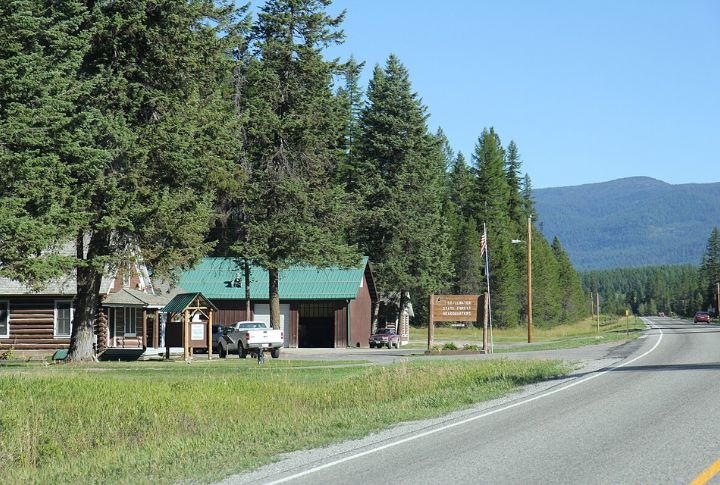
Lightning storms often spark wildfires in Montana’s remote wilderness. Dry terrain increases the threat, particularly where emergency crews are far away. This is why many prepare by using fire-resistant materials on homes and maintaining a 30-foot defensible zone to slow advancing flames and give firefighters a fighting chance.
Idaho
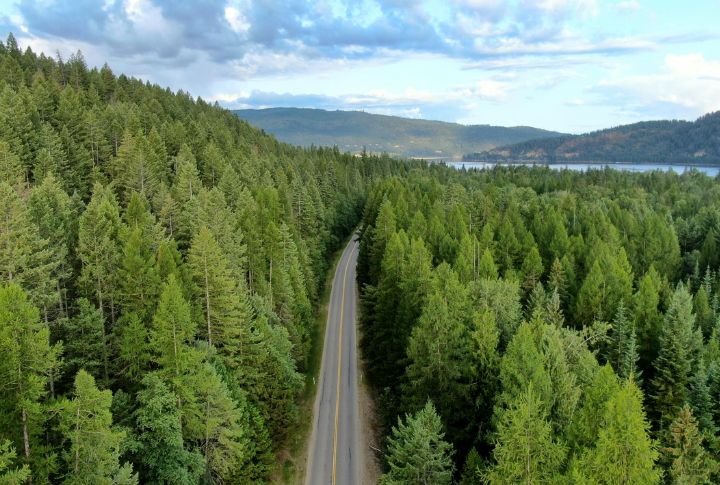
Idaho’s mix of forest and brush creates an unpredictable wildfire environment. Additionally, hot, dry winds can quickly turn small fires into raging infernos, so residents rely on fire bans, defensible space around properties, and prompt reporting of any smoke sightings.
New Mexico

In New Mexico, wildfires don’t wait for summer. Dry grass and desert heat make even spring feel dangerous. That’s why many homeowners keep their brush trimmed and yards clear. Controlled burns help, too, cutting down the fuel before it turns into fire.
Colorado
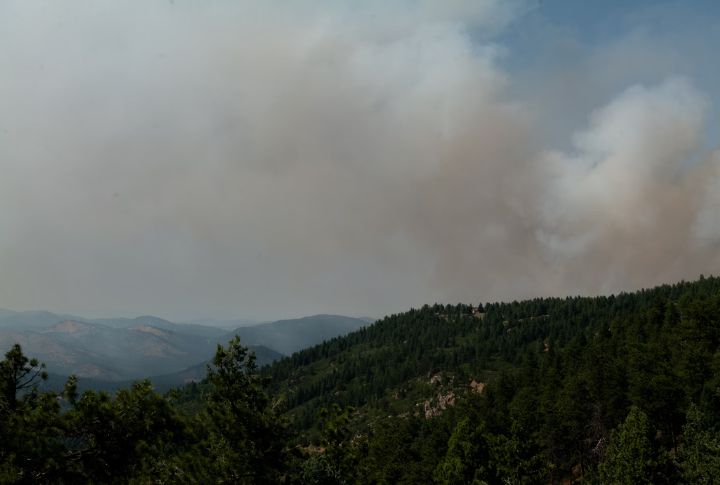
Pine beetle infestations have left Colorado’s forests riddled with dead trees, fueling wildfires that spread fast across dry mountain slopes. So, ski town residents have learned the importance of defensible space and fire-resistant building materials to beat back the blaze.
